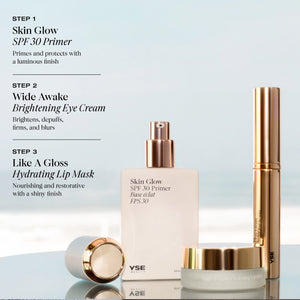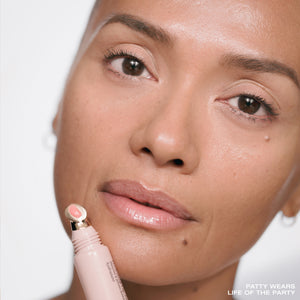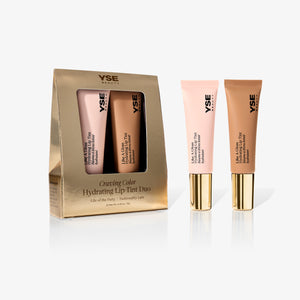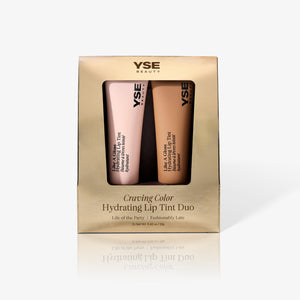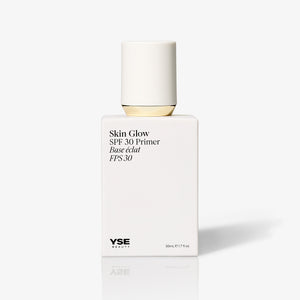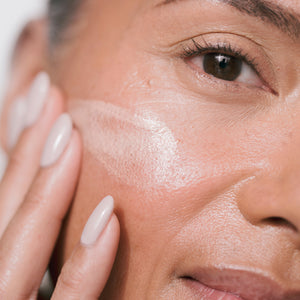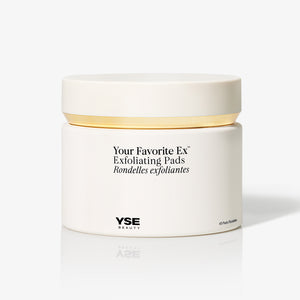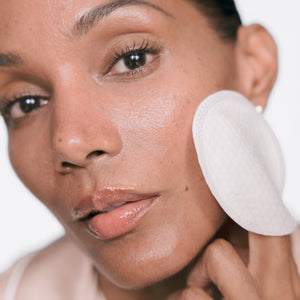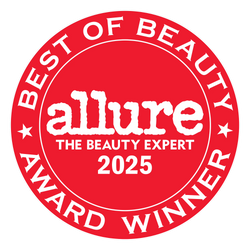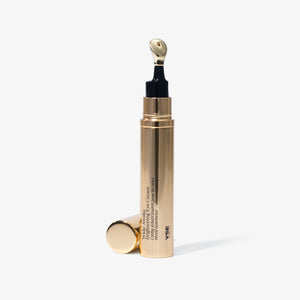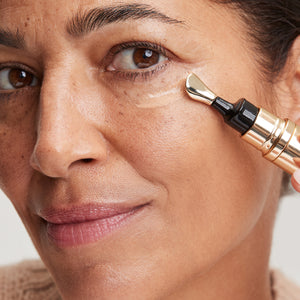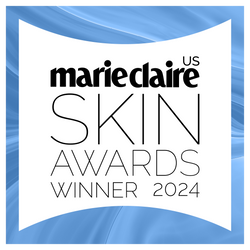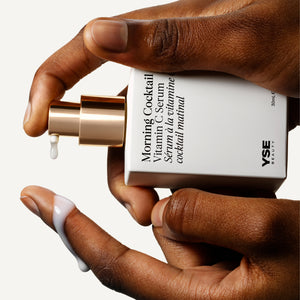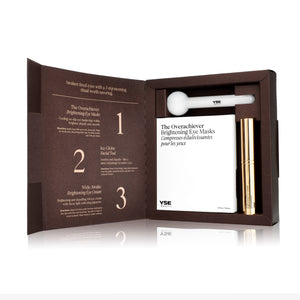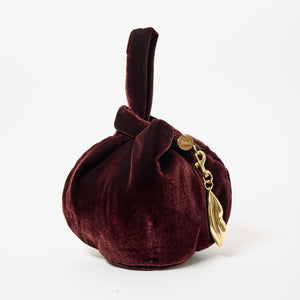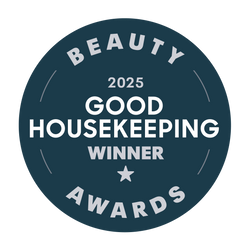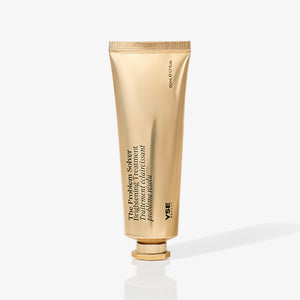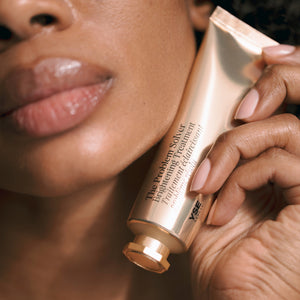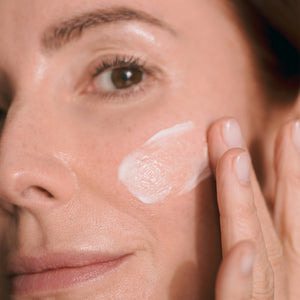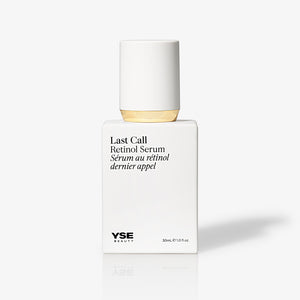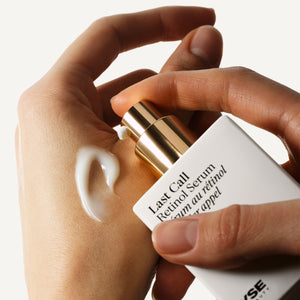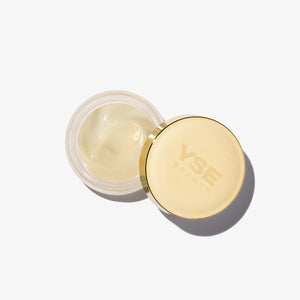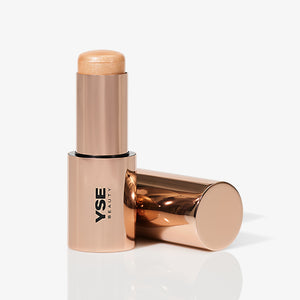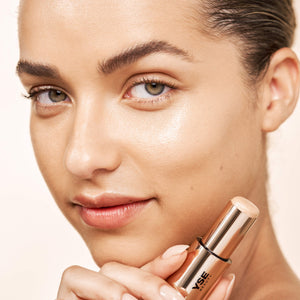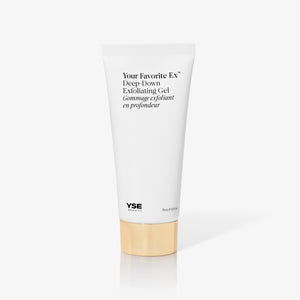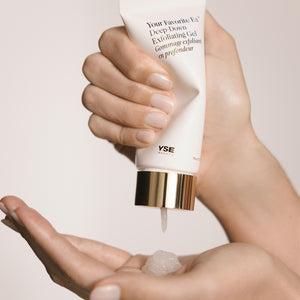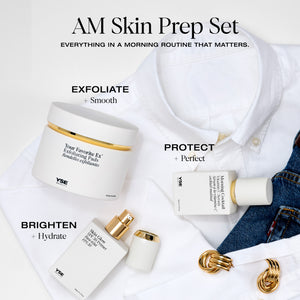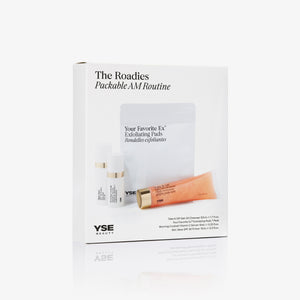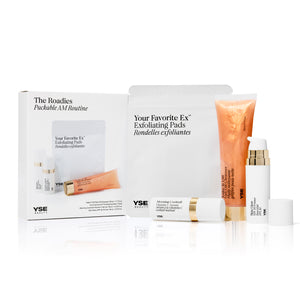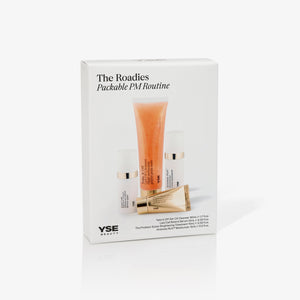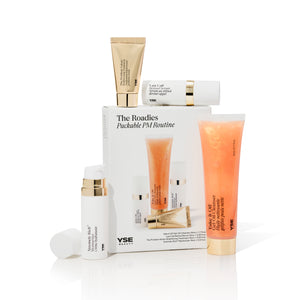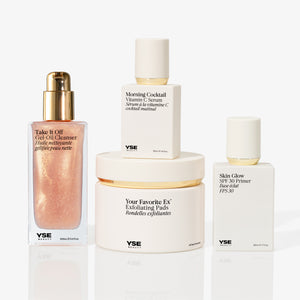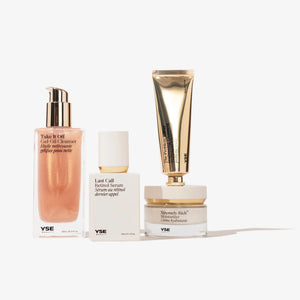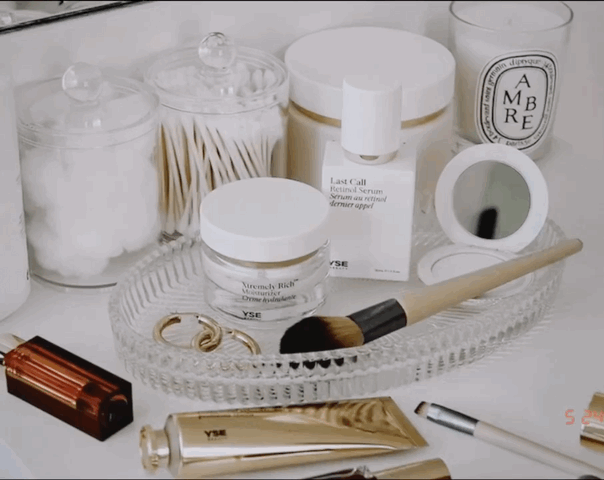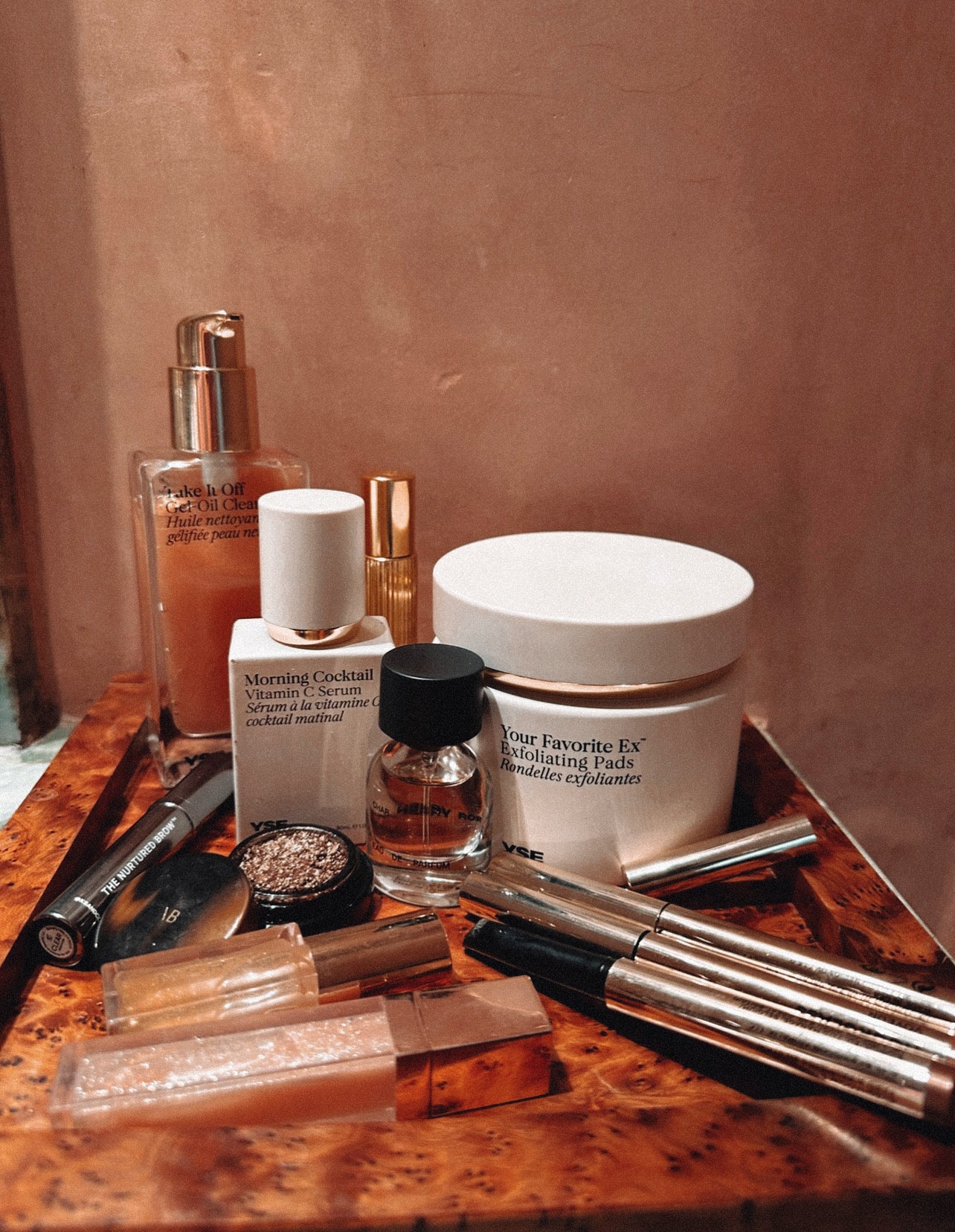Are pesky permanent face marks keeping you from a makeup-free selfie? Freckles, sun spots and scars are just a few of the unwelcome guests that tend to stake claim on our skin, making our complexion look uneven. Hyperpigmentation (aka dark spots or discolored marks) can be caused by acne scars, excessive sun exposure or hormonal changes. Its result? More insecurity than your first day of high school.
It really makes no difference whether you have acne-prone skin, dryness or combination—every skin type is susceptible to these ugly marks. The good news is, with the right skin care and small lifestyle changes, you could be ready for your next closeup! Below is a breakdown of how to get rid of dark spots on the face. It’s different for everyone, so find out what’s best for you.
What are dark spots?
When a group of cells overproduce melanin, that’s when dark spots arise. Sounds simple enough, but “dark spots” is an umbrella term for many forms of hyperpigmentation. Some dark spots are caused during those margarita-fueled sunday fundays under the UV rays. Others are triggered by broken skin or inflammation, like a pimple, bug bite or rash. And of course there are hormonal factors to take into consideration, too.
What causes dark spots?
Dark spots on skin arise for a handful of reasons. But it’s important to get acquainted with each, because you can bid adieu to some of them easier than others.
UV Exposure
Think twice before slipping into your next bikini! Ok, ok, we don’t want to ruin your fun in the sun—but it’s important to play responsibly (and we’re not even referring to cocktail consumption here). UV exposure is a major cause for dark spots. In fact, up to 80% of premature aging is caused by UV rays.
It takes all of three minutes to adequately apply sunscreen and throw on a trendy head covering (colorful visors are making a comeback!). If you forgo this step, the risk of dark spots runs even greater. In addition to adding some unwanted color to the face, you also risk darkening the spots already there.
In addition to stepping outside for some vitamin D, you should also rethink a favorite pastime of the early 2000s. While not as common today, if you do still slip into a tanning bed from time to time, don’t be surprised if you end up with spots on the back of your hands, face and arms. Our advice? Skip the beds and opt for a spray tan or self-tanner. Tanning bed color will fade, dark marks from UV damage will find a permanent home on your face and body.
Hormones
Remember when you hit puberty in your teens, and you thought you’d heard the last of “hormones?” Well, surprise! They’re in it for the long haul, and they’re here to affect you every step of the way. Fun times!
And they continue to impact your skin. As you age, hormonal changes can cause dark spots as well—and melasma is a common form. Melasma is a skin condition that leads to larger patches of skin discoloration, as opposed to small spots. Soaking up the sun in the sand can certainly trigger melasma, but hormones (especially around pregnancy), heat and irritating skin care products can make it worse.
Irritation & Inflammation
We all know life isn’t fair—and post-inflammatory hyperpigmentation is an example of something we did not sign up for. Abusing sun privileges is one thing, but dealing with the dark (literally!) aftermath of bug bites, ingrown hairs and acne is out of our control. These spots are a result of the inflammation that occurs secondary to another skin problem.
A final potential cause of dark spots is rashes. We’re talking atopic dermatitis, contact dermatitis, psoriasis, drug eruptions and cosmetic procedures. The aftermath can leave scarring, which can then lead to hyperpigmentation.
How To Kick Dark Spots to the Curb
If you’re wondering how to clear dark spots on the face, the simple answer is effective ingredients and patience. Being too aggressive or excessive can further inflame the skin and set you back to square one.
Embrace Retinol Into Your Routine
Retinol and its other forms (retinoids) are derivatives of Vitamin A. They’re what we’d call the “popular kids” of skin care. They’re elevated, everyone wants them around, and they’re the life of the party (ok, life of your skin care routine). These are powerful molecules that increase cell turnover and production (also known as proliferation).
Like with anything powerful and popular, it’s easy to overdo it—but slow and steady wins the race here. Overuse of retinol can have your face peeling worse than an unprotected afternoon under the Hawaiian sun. But applied correctly and not combined with too many other active ingredients, retinol use can improve discoloration, increase collagen production, minimize the appearance of fine lines and wrinkles and help unclog pores.
































